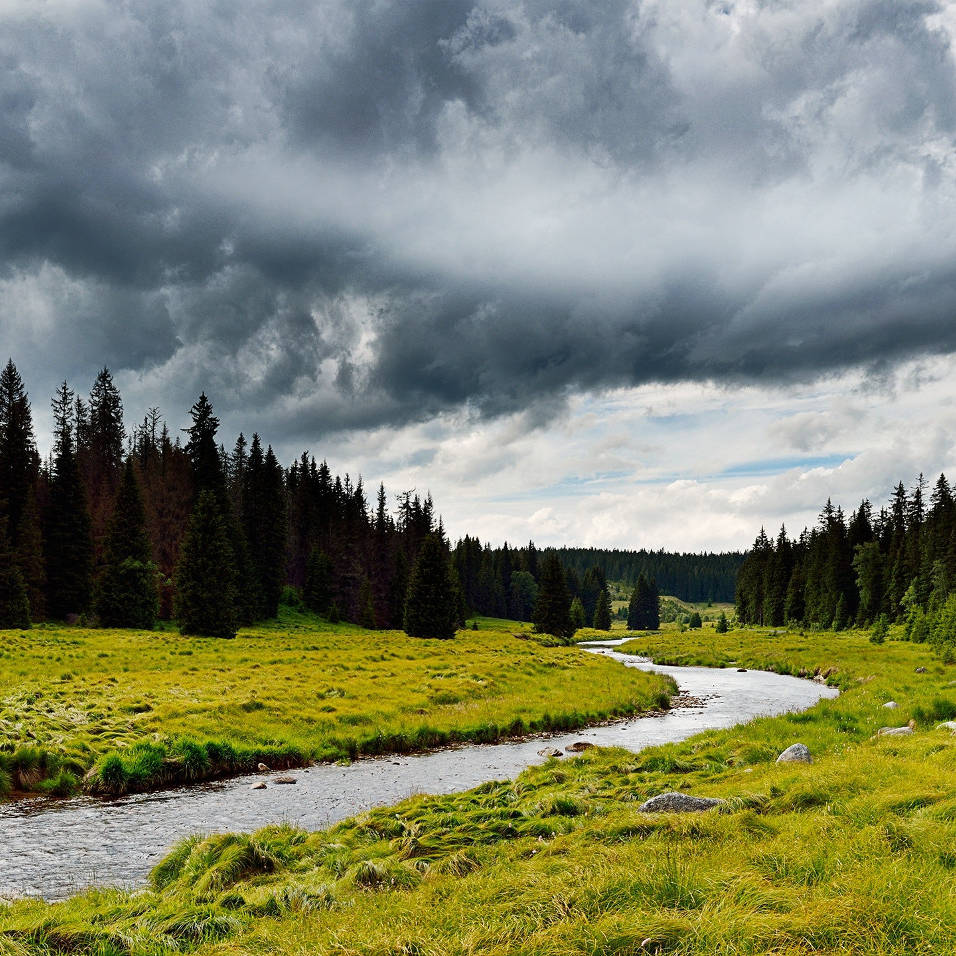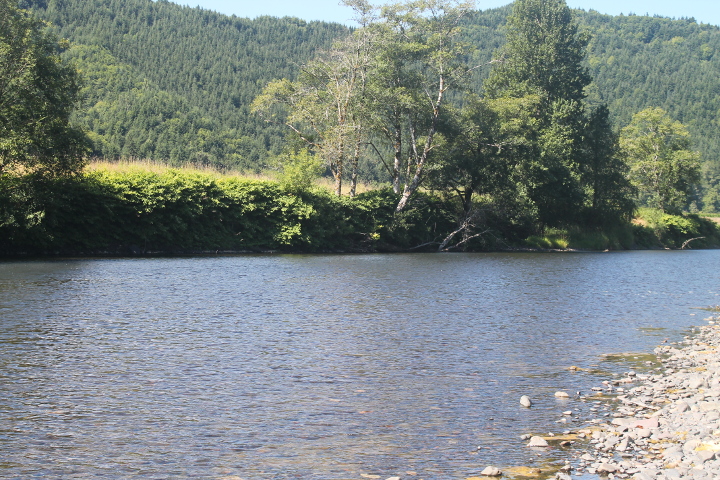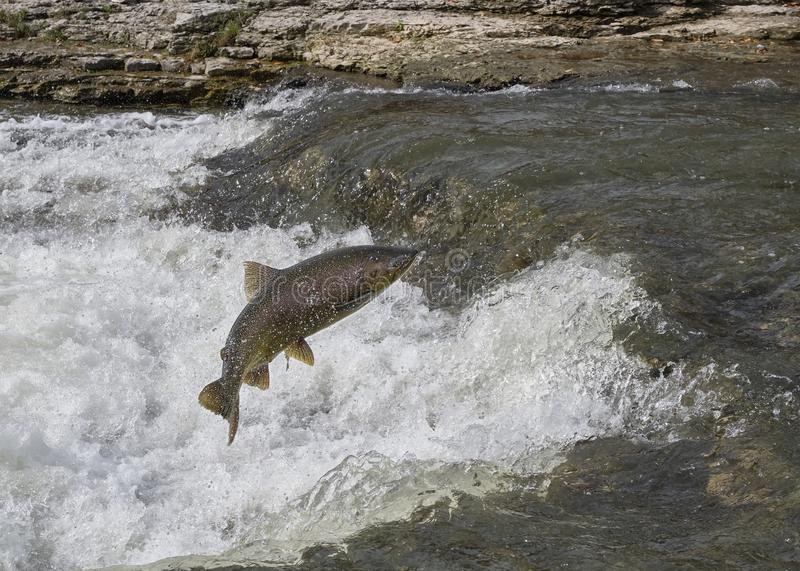| Categories: |
|---|
Estimated reading time: 2 minutes
Instream water rights are (or should be) based on ecological flows. Several western states (including Oregon, Alaska, California, Colorado, and Montana) have statutory requirements for these flows, and the US Geological Survey’s Fort Collins Science Center hosts an ecological flows research center. Incorporating effects of changes in climate, human population size and distribution patterns, and other variables makes it difficult for policy makers to allocate a scarce and varying resource among competing vested interests. Each user interest has legitimate economic and societal justification for their claims. Policy makers and lawyers are challenged to optimally adjudicate competing claims. There is a valuable role for environmental science and data analyses to inform these decisions.
As the Fort Collins Science Center web page explains, “The science of ecological flows is interdisciplinary, transdisciplinary, and integrative. The assessment and prescription of ecological flows requires water resource managers and researchers to access and analyze several different types of data and select appropriate tools and approaches from a wide variety of established methodologies.” The environmental variables include basin characteristics (natural features and human influences), watershed and aquatic ecology, hydrology, hydraulics, topography, and fluvial geomorphology.
In Oregon, ecological flows and instream water rights date from at least 63 years ago. In 1955 the State Water Resources Board was created to provide a single entity responsible for water resources. In 1972 Ken Thompson described how to determine flows for fish life in his presentation at a Pacific Northwest River Basin Commission meeting. Oregon adopted the Instream Water Rights Act in 1987 which continues to direct actions of the Water Resources Department. In 2007 E. George Robison, Oregon Department of Fish and Wildlife instream flow specialist, prepared a guidance document for the agency entitled, “Calculating channel maintenance/elevated instream flows when evaluating water right applications for out of stream and storage water rights.” The need for science in these decisions is at least as strong today as it was in the past.
This work was originally published on the Applied Ecosystem Services, LLC web site at https://www.appl-ecosys.com/blog/instream-water-rights-and-ecological-flows/
It is offered under the terms of the Creative Commons Attribution-NonCommercial-NoDerivatives 4.0 International license. In short, you may copy and redistribute the material in any medium or format as long as you credit Dr. Richard Shepard as the author. You may not use the material for commercial purposes, and you may not distribute modified versions.


